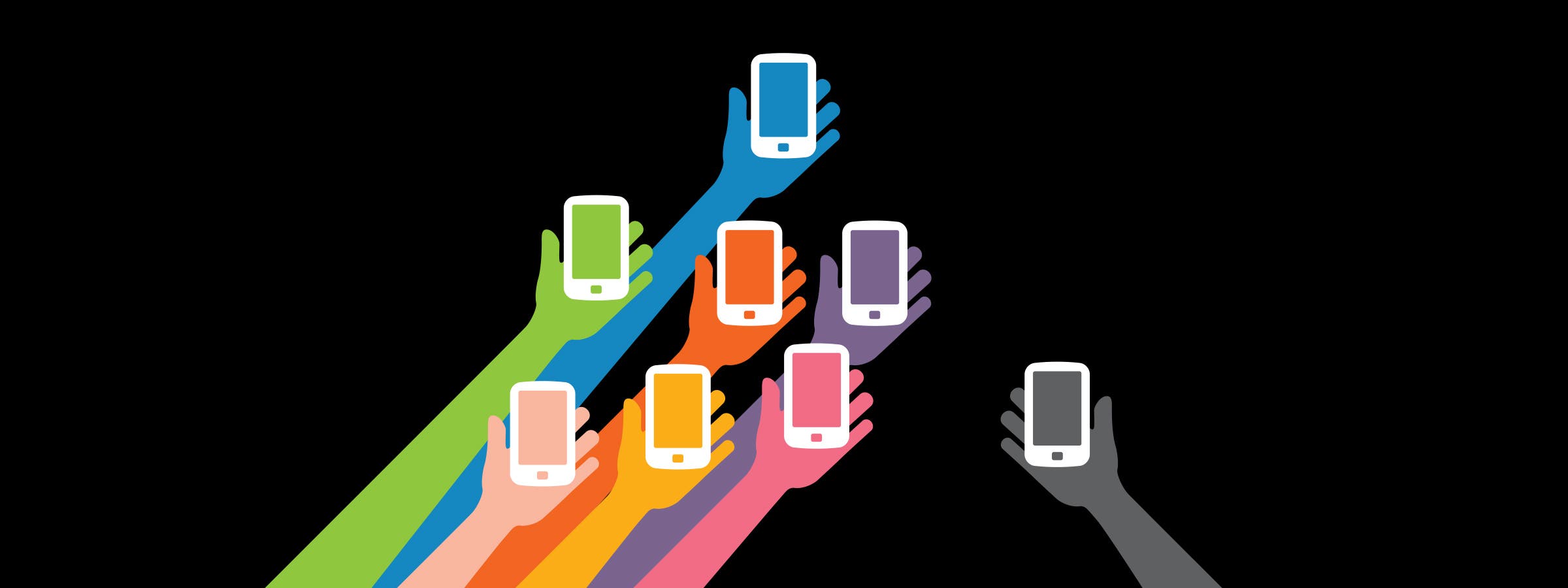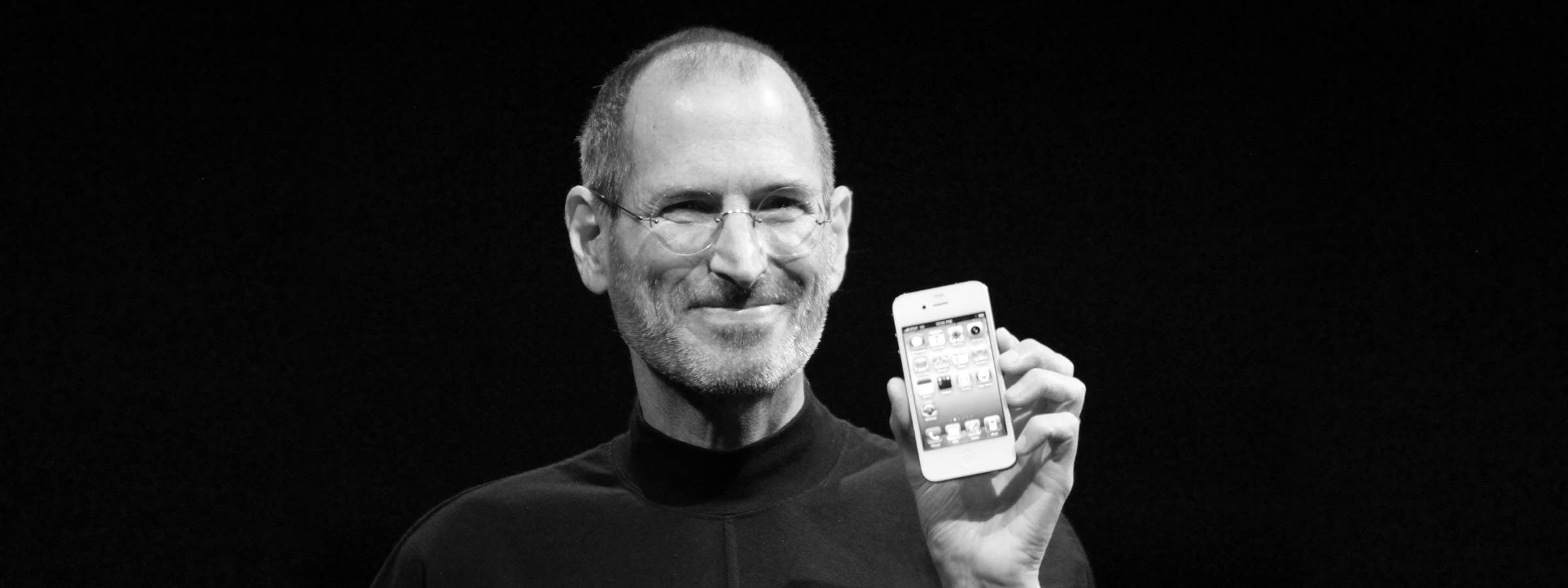
The Post-PC Revolution
T
The following is an article published in iPhone Life magazine. Learn how to get the most from your iPhone by clicking here to subscribe.
When Steve Jobs unveiled the iPad in 2010, he famously claimed we were entering the “Post-PC era.” In an interview with tech journalist Walt Mossberg following the announcement, Jobs explained that he thought tablets would become our primary computing tools, with PCs only being used under rare circumstances. He went on to say that he didn’t know exactly when the transition was coming or how long it would take, but that smartphones and tablets would inevitably dominate PCs.
More than five years after that interview, we are on the verge of realizing his prediction. In 2012, smartphones outsold PCs for the first time. Meanwhile, tablets continue to break sales records. I think that in the next few years, smartphones will not only outsell computers, but they will begin to replace them, and you will begin to use a smartphone as your primary computing device.
The Benefits
When people think about replacing computers with smartphones, they often imagine hunching over a tiny screen, trying to send emails and finish spreadsheets—not exactly an efficient method of working. If smartphones do take over as our primary computers, they need the ability to break free from their tiny screens.
Today, a lot of people connect their laptops to larger monitors while using an external keyboard and mouse. This allows people to have the portability of a laptop, while still benefitting from having a separate home of office workstation. This is similar to how people will use smartphones in the future. Instead of turning on an office computer, you will simply take out your smartphone and connect it to a large screen, keyboard, and mouse. Replacing computers with smartphones has two major benefits: portability and price.
Portability
Being constantly connected via our iPhones has already changed the way we function as a society. Being able to carry a computer in your pocket will take that to the next level. Rather than carrying heavy laptops when we travel, we can simply dock our smartphones to larger screens when we need to. This means we will no longer be limited in the tasks we can perform when we’re away from the office.
Price
The most expensive parts of any device are the memory and the processor. I have an iPhone, an iPad, a laptop, and an iMac. Those are four separate processors that I’ve paid for (two of which are exactly the same chip!). If I were able to use the same processor for all of those devices and simply connect the processor to different screens and components as needed, it would save me a tremendous amount of money. Furthermore, since the wireless carriers subsidize the cost of every iPhone, I would be paying very little for one processor.
The Future Is Coming
Jobs’s prediction is hardly radical. Since their invention, computers have continued to become smaller and more powerful. The fact that computers will continue to increase in power and decrease in size—eventually fitting in our pockets—is simply inevitable. In recent years, several innovations have brought us closer to ditching our computers in favor of our phones. Let’s take a look at each one.
Better Processors
The biggest barrier to using a smartphone as a primary computer is processing power. Sending text messages and playing Angry Birds doesn’t take too much power, but editing videos and doing graphic design work can really tax a processor.
In September of 2015, Apple announced that its iPhone 6s would have a 64-bit A9 processor. Apple has marketed the iPhone 6s as having “desktop-class” power, offering 70 percent faster CPU performance compared to the iPhone 6. . While there is still a ways to go before a smartphone can handle as many complex tasks as a desktop computer, this is a major breakthrough; it’s the first time a smartphone processor comes close to being in the same league as a computer processor.

Cloud Storage
The second major barrier is the lack of storage capacity. The iPhone 6s starts at 16 GB of storage, while today’s computers can have more than 1 TB of storage. The rapid increase in Internet and data speeds has allowed us to transfer much of our storage needs into the cloud. Services such as iCloud, Dropbox, and Google Drive let us create, store, and edit large files online, eliminating the need for large hard drives.
Merging Operating Systems
Mobile operating systems such as iOS and Android have user interfaces designed for small smartphone and tablet screens. In order to function as a primary computer, the iPhone’s operating system would have to be flexible enough to work on bigger screens with a mouse and keyboard. Apple has taken several steps to incrementally merge iOS 9 with OS X. In late 2012, Tim Cook handed responsibility for OS X to Jony Ive, making him responsible for both of Apple’s operating systems (he was already overseeing iOS). Today, Apple's mobile and desktops operating systems are more closely integrated than they've ever been in the past, with featured dubbed "Continuity" that let you pick up tasks you began on your iPad or iPhone on your Mac and vice versa. While Tim Cook recently went on record saying that OS X and iOS will remain separate, I believe it's only a matter of time before the two merge.
The Competition
Apple isn’t the only tech company moving toward a post-PC era—the competition has already begun to lay the groundwork. In 2011, Motorola launched the Atrix 4G, an Android phone that could dock onto a small laptop. The phone had a modified version of Android that converted to a more traditional computer operating system when docked to the laptop shell. The Atrix was well received by critics, and it even won CNET’s Best of CES Award that year. However, it failed to gain popularity among consumers, due to its limited and clunky operating system. While the phone’s processor was powerful for its day, it still made for a slow user experience when plugged it into a laptop.
Microsoft, on the other hand, gambled its future with the release of Windows 8, the first operating system to work on a phone, tablet, and computer. Windows 8 has since upgraded to Windows 10 but, just like its predecessor, the latest operating system continues to lose marketshare to Apple, as many users find the interface to be confusing and hard to use. While the execution may have missed the mark, I think that Microsoft’s strategy was a step in the right direction.
Waiting on Perfection
In many ways, Apple is following its traditional development path. Apple is perfectly happy letting other tech companies test innovative new strategies and release half-baked products—the company just learns from others’ mistakes and continues to develop its systems. Before Apple releases something as radical as an iPhone that powers a computer, it will give itself enough time to perfect the technology. It may still be a couple of years away, but it’s only a matter of time until your iPhone replaces your computer.